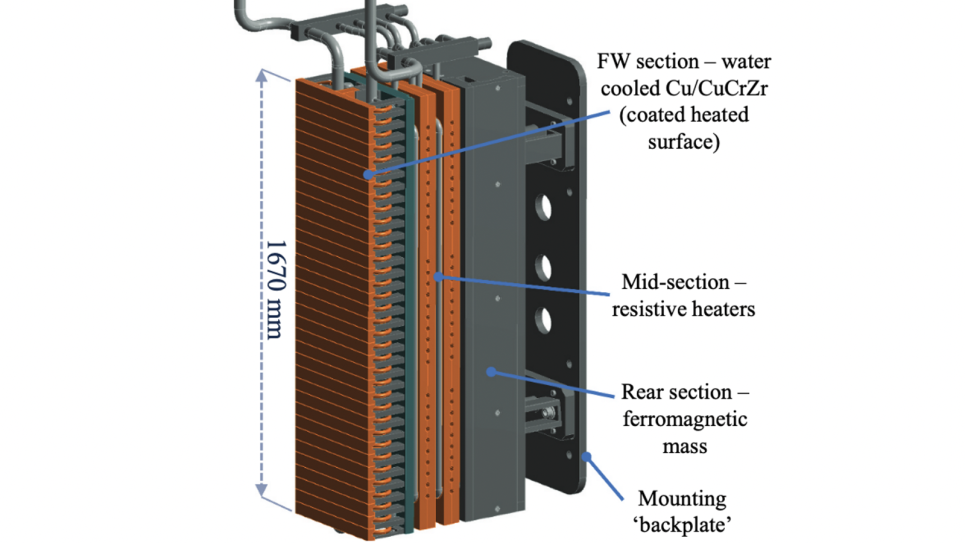
An overview of the Chimera facility.
The goal of this project is to advance the DOE’s simulation capabilities in important carbon-free energy sectors, including nuclear, fusion, and wind.
Low-cost carbon-free energy is central to mitigating climate change and is a key driver in the overall mission of the Department of Energy. The goal of this project is to advance the DOE’s simulation capabilities in important carbon-free energy sectors, including nuclear, fusion, and wind. In close collaboration with domain experts in each of these areas, we have identified important problems to be addressed with Argonne’s multiphysics transport code, Nek5000/RS. These problems include (nuclear) simulations of fluid flow and heat removal through fuel, shield and reflector assemblies that have major impacts on operation and safety for sodium fast reactors; (fusion) high Reynolds/Hartmann-number magnetohydrodynamic (MHD) flows of liquid metal cooling that has been proposed in the blankets and diverters of fusion devices; (wind) high Reynolds-number boundary layer flows with sophisticated turbulence models for the atmosphere and for complexgeometry wind turbines.
The challenge problems will lead to enhanced simulation capabilities over a range of energy systems. All Nek5000/RS software is open source, which means that developments under this project will have a broad impact for challenging fluid-thermal/MHD applications, particularly those that require peta- or exascale resources. These problems will provide a vehicle for the test and development aspects of the project supported through DOE ASCR Applied Math Research and DOE’s Nuclear Energy Advanced Modeling and Simulation program.